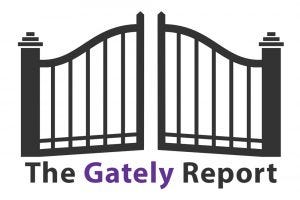An access broker is selling root access to 50 vulnerable networks on the dark web.

Cyderes, the mega MSSP formed by the merger of Fishtech Group and Herjavec Group, is relying on partners to expand its global reach.
 The Cyderes brand made its debut last month. It stands for “cyber defense and response.” It uses its cloud-native analytics platform (CNAP) to help enterprises tackle the world’s biggest cyberattacks. It has more than 800 security professionals operating out of six global security operations centers (SOCs).
The Cyderes brand made its debut last month. It stands for “cyber defense and response.” It uses its cloud-native analytics platform (CNAP) to help enterprises tackle the world’s biggest cyberattacks. It has more than 800 security professionals operating out of six global security operations centers (SOCs).
Fishtech and Herjavec merged in January, backed by private equity company Apax Partners. Apax holds a majority stake in Cyderes. In addition, Robert Herjavec, founder and CEO of Herjavec and star of ABC’s “Shark Tank,” and Gary Fish, founder and CEO of Fishtech, maintain significant equity in the new business.
Great Synergies
Chuck Crawford is Cyderes’ chief solutions architect. He’s responsible for Cyderes’ partner programs, which include more than 180 technology partners.

Cyderes’ Chuck Crawford
“One of the great synergies between merging Herjavec and Fishtech was the lack of conflict in the region worldwide,” he said. “So Herjavec was really strong in the Canadian area and some of the western coasts, as well as Europe. Fishtech was really strong in the central and East Coast of the United States. So merging gave us now a nice, wholistic footprint literally worldwide. We were able to almost triple our SOC footprints worldwide now for our customers and literally tripled our professional services bench, including identity and access management (IAM) and more than … quadruple our managed services capabilities for our clients and across the board. So we’re super excited about just the synergies between the two companies.”
Jason Sloderbeck is Cyderes’ vice president of worldwide channels. He supports Cyderes’ strategic partners including Google.

Cyderes’ Jason Sloderbeck
“We see partners as a way for us to go global to get that global reach,” he said. “So in the alternatives for us is to build up a direct salesforce in Europe, for example. Yes, we’ve got people on the ground in Europe, but it’s much faster to be able to work with major partners in those regions and provide overlays to them as a way to get that global reach to match our global security footprint.”
Scroll through our slideshow above for more from Cyderes post-merger and more cybersecurity news.
Want to contact the author directly about this story? Have ideas for a follow-up article? Email Edward Gately or connect with him on LinkedIn. |
About the Author(s)
You May Also Like


